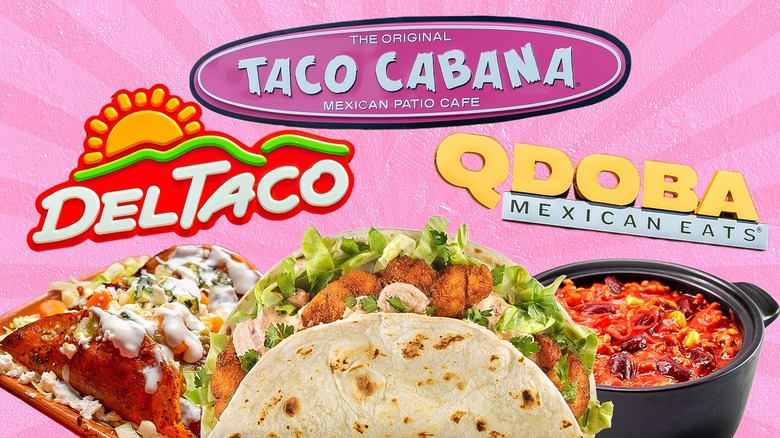Chain Mexican restaurants are heating up the competition in 2025, with industry giants like Chipotle, Taco Bell, and QDOBA rolling out bold new strategies to capture the hearts—and stomachs—of American diners. As fast-casual and quick-service Mexican concepts continue to surge in popularity, these brands are redefining what it means to serve “Mexican” food on a national scale.
The Rise of Fast-Casual “Mexican” Chains
The American love affair with Mexican cuisine has evolved far beyond mom-and-pop taquerias. Today,
chain Mexican restaurants dominate the landscape, offering everything from customizable burritos to fusion tacos. According to industry data, the limited-service Mexican segment alone generates over
$10 billion annually, with full-service chains adding another
$1.7 billion to the mix.
Chipotle Mexican Grill, once a single Colorado eatery in the early 1990s, now boasts thousands of locations nationwide. Its meteoric rise set the stage for a wave of competitors, each vying to put their own spin on “fresh Mex”. Taco Bell, meanwhile, continues to innovate with viral menu items and pop culture collaborations, while QDOBA and Rubio’s Fresh Mexican Grill push for market share with new flavors and loyalty programs.
What Sets Chain Mexican Restaurants Apart?
Chain restaurants have several key advantages over independents:
-
Brand recognition: National advertising and consistent branding make chains a go-to choice for many diners.
-
Sophisticated systems: Streamlined operations and supply chains allow for efficiency and cost savings.
-
Menu innovation: Chains can quickly test and roll out new items, from plant-based proteins to limited-time salsas.
However, critics argue that many chain “Mexican” restaurants barely justify the label, often serving Americanized versions of classic dishes. Authenticity debates aside, the convenience and familiarity of these chains keep customers coming back.
The Independent vs. Chain Debate
Despite the dominance of big chains, independent Mexican restaurants still thrive, especially in regions with strong local food cultures. Independents offer:
- Unique menus and flavors
- Personalized service
- A direct connection to Mexican culinary traditions
Yet, as small chains grow in popularity, they often attract buyouts from larger companies, blurring the line between independent and corporate.
What’s Next for Chain Mexican Restaurants?
Looking ahead, expect to see:
-
More health-conscious options: Chains are adding vegan, gluten-free, and low-calorie choices to appeal to modern diners.
-
Tech-driven experiences: Mobile ordering, delivery apps, and AI-powered recommendations are becoming standard.
-
Sustainability efforts: From eco-friendly packaging to responsibly sourced ingredients, chains are responding to consumer demand for ethical dining.
As the battle for America’s taste buds intensifies, one thing is clear: chain Mexican restaurants are here to stay, but the definition of “Mexican” food in the U.S. will keep evolving.
Sources
1. The Ultimate Taco — a UX case study | by Josh Bechtler-Levin
2. [PDF] Kinds and Characteristics of Restaurants and Their Owners
3. Chapter 2.docx64667726a439414220 (docx) - Course Sidekick
4. [PDF] ESTTA1437535 05/23/2025 IN THE UNITED STATES PATENT AND ...
